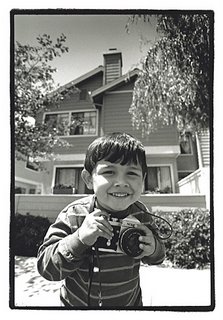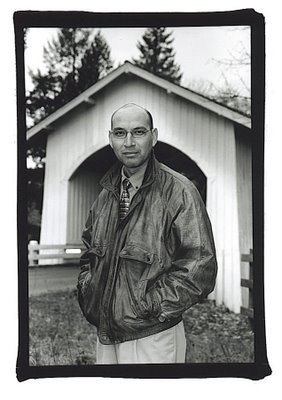Perfect Portrait Places
When you're out and about cruising the city streets and rural highways, keep your eyes and mind wide open for unique settings to produce that signature portrait you've always been
dreaming about. Case in point: for several months, I was continually passing by a countryside supper club suffering from a lack of available parking space, so they made it clear that even the area in front of their garage--and basketball court--was fair game. Naturally when I was commissioned to photograph the State Champion Sheboygan(WI)Christian basketball team, I remembered this site and the ironic message it offered(players are never permitted to "park" themselves under the basket!) and everything else just fell neatly into place. Make it a point to mentally bookmark--or better still, list in your notebook--the location of these serendipitous spots, as you never know when you may stumble upon that perfect portrait place!

dreaming about. Case in point: for several months, I was continually passing by a countryside supper club suffering from a lack of available parking space, so they made it clear that even the area in front of their garage--and basketball court--was fair game. Naturally when I was commissioned to photograph the State Champion Sheboygan(WI)Christian basketball team, I remembered this site and the ironic message it offered(players are never permitted to "park" themselves under the basket!) and everything else just fell neatly into place. Make it a point to mentally bookmark--or better still, list in your notebook--the location of these serendipitous spots, as you never know when you may stumble upon that perfect portrait place!




